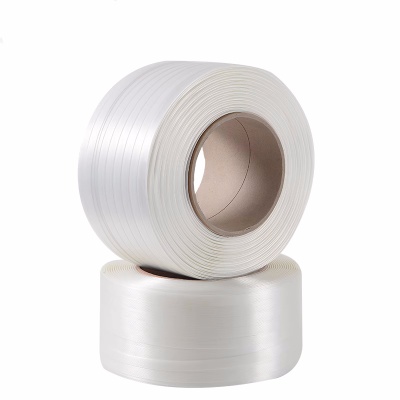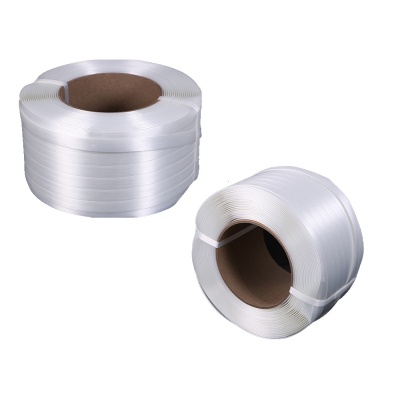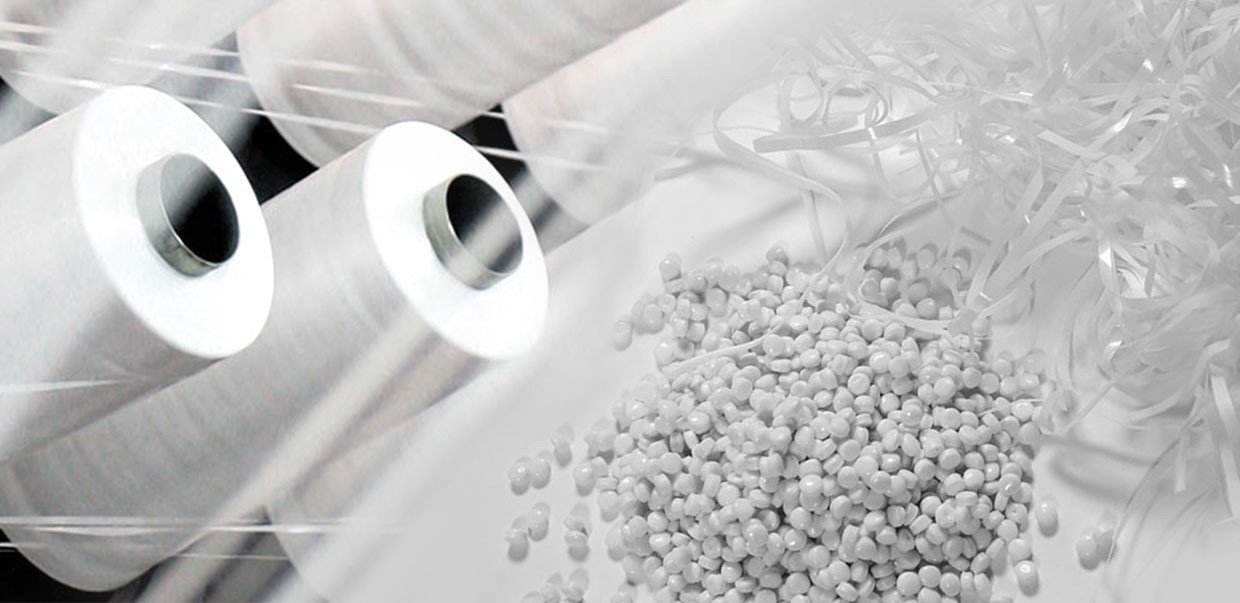In the world of industrial packaging, selecting the right strapping material is crucial for ensuring the safe and secure transport of goods. Among the many options available, PET (Polyethylene Terephthalate) straps have been a popular choice for years. However, composite straps are emerging as a formidable alternative, offering several advantages over traditional PET straps. This article will delve into the key differences between composite straps and PET straps, highlighting why composite straps might be the superior choice for your packaging needs.

What is PET Strap?
PET straps are made from polyester and are known for their high strength, durability, and resistance to UV light. They are widely used in industries such as construction, shipping, and logistics for securing heavy loads. PET straps are often chosen for their ability to maintain tension over long periods and their resistance to rust and corrosion.
What is Composite Strap?
Composite straps, often referred to as "synthetic steel," are made from high-tensile polyester filaments embedded in a polymer coating. This combination gives composite straps a unique blend of flexibility, strength, and ease of use. They are designed to provide the best features of both steel and PET straps while minimizing their drawbacks.


Key Comparisons
Pulling Force and Strength
PET Strap: PET straps are renowned for their high tensile strength, making them suitable for heavy-duty applications. They can withstand significant force without breaking, ensuring the safety of the cargo.
Composite Strap: Composite straps also offer high tensile strength, often surpassing that of PET straps. The embedded polyester filaments provide exceptional pulling force, making composite straps ideal for securing very heavy or bulky loads.Composite Strap: Composite straps also offer high tensile strength, often surpassing that of PET straps. The embedded polyester filaments provide exceptional pulling force, making composite straps ideal for securing very heavy or bulky loads.
Ease of Use
PET Strap: PET straps are relatively easy to handle and can be applied using manual, pneumatic, or battery-powered tools. However, they can sometimes be rigid and less flexible, which might pose challenges during application.
Composite Strap: Composite straps are more flexible than PET straps, making them easier to wrap around irregularly shaped loads. They are also lighter, which reduces the physical strain on workers during application. The use of simple tensioning tools further enhances the ease of use.
Durability and Weather Resistance
PET Strap: PET straps are highly resistant to UV light, weather conditions, and chemical exposure, which makes them suitable for outdoor storage and long-term applications.
Composite Strap: Composite straps share similar weather-resistant properties and can withstand harsh environmental conditions. Additionally, the polymer coating protects the inner polyester filaments from abrasion and damage, enhancing their overall durability.
Cost-Effectiveness
PET Strap: PET straps are generally cost-effective, but their price can vary based on the quality and thickness required for specific applications.
Composite Strap: While composite straps might be slightly more expensive initially, their superior strength and durability can lead to cost savings in the long run. Fewer straps may be needed to secure a load, and their high performance can reduce the risk of damage during transit.
Safety
PET Strap: PET straps are safer to handle compared to steel straps, as they do not have sharp edges. However, they can still pose risks if not handled properly.
Composite Strap: Composite straps are among the safest strapping options available. Their flexibility and lack of sharp edges minimize the risk of injury to workers. Moreover, they do not rust or corrode, eliminating the need for protective gloves during handling.
Conclusion
While PET straps have been a reliable choice for many years, composite straps offer a compelling alternative with their higher pulling force, ease of use, and enhanced durability. The flexibility, strength, and safety features of composite straps make them an excellent option for various packaging applications. As industries continue to seek more efficient and reliable packaging solutions, composite straps are poised to become the new standard, replacing PET straps in many scenarios.
Whether you are looking to improve the efficiency of your packaging process or enhance the safety of your transported goods, considering the switch to composite straps could be a smart move.
